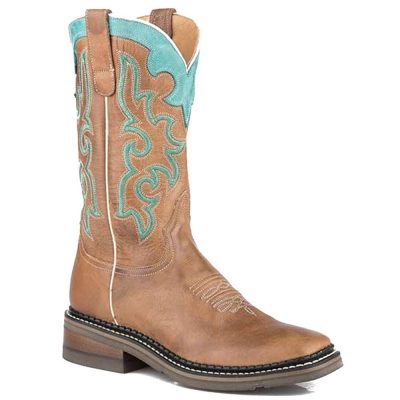1. In order to ensure the rapid elimination of the static electricity accumulated in the human body, the resistance of the ground when working should not be greater than 1.0×10^8Ω;
2. Anti-static shoes also have certain requirements when they are worn. The bottom of the shoes must not be stained with insulating impurities, and they must be waterproof and moisture-proof;
3. Take care to avoid wearing thick insulating socks and insulating insoles at the same time. The resistance of the anti-static shoe sole must be in the range of 0.5×10^5Ω to 1.0×10^8Ω. The resistance value of the shoe sole should be measured after 200 hours of wear to ensure that the resistance value of the shoe is within the specified range. When we measure its resistance value, we should pay attention to the following points:
1. Place the vulcanized new shoes for more than 24 hours, and then place them in the temperature and humidity environment required by the measurement for more than 2 hours, so that the standard answer can be measured;
2. Connect the circuit, the measuring voltage applied to the shoe is 500±25V, the electric power should not exceed 3W, and ensure that the shoe body is in good contact with the measuring electrode;
3. Adjust the output voltage of the voltage source to the value specified by the anti-static shoes;
4. When issuing the report, it is necessary to truthfully record the test conditions of the shoes, such as temperature, humidity, etc., and fill in the model of the shoes and the measurement results truthfully.
1. Product implementation standard GB4385-1995. The electrical performance is tested according to Appendix A in GB4385-1995.
2. Anti-static shoes Labor protection shoes are protective shoes that can remove static electricity from the human body and prevent the power supply below 250V from clicking on the limit. Suitable for flammable and explosive workplaces.
3. Anti-static labor protection shoes are forbidden to be used as insulated shoes. When wearing them, they should not wear insulating woolen thick socks and insulating pads at the same time, and should be used on anti-static ground.
4. During the wearing process of anti-static labor protection shoes, the resistance value of shoes should be tested once for no more than 200h. If the resistance is not within the specified range of 100KΩ-1000MΩ, it cannot be used as anti-static shoes. Products older than 18 months from the date of production should undergo relevant electrical performance inspections and meet the standard requirements before they can be sold and used.
5. During storage, anti-static safety safety shoes should be stored in a dry and ventilated warehouse to prevent mildew. They should be stacked more than 0.2m away from the ground and walls, and more than 1m away from all heating elements. During transportation and storage, it is strictly forbidden to mix them with oil. , Acids, alkalis or other corrosive objects.



















